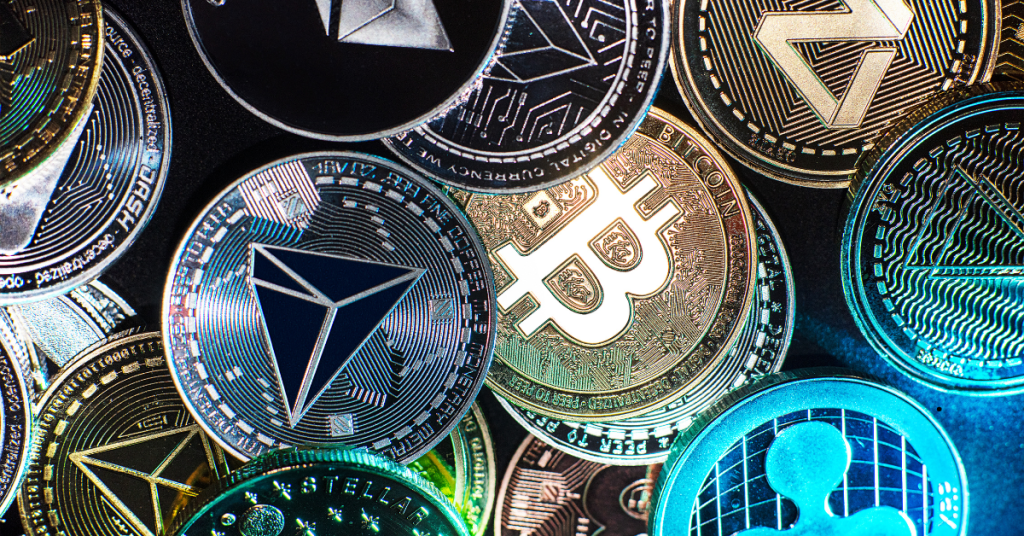For years, Ripple (XRP) has been one of the most prominent digital assets in the cryptocurrency space, known for its real-world utility in cross-border payments. But what started as a token optimized for speed and low transaction costs is rapidly becoming the center of a broader, evolving ecosystem that goes far beyond the XRP ledger.
A Foundation in Financial Infrastructure
Ripple’s initial mission was clear: to revolutionize international banking transfers with a faster and cheaper alternative to SWIFT. Today, that vision remains intact, but the scope has expanded. XRP now serves as a bridge currency for liquidity solutions in RippleNet, connecting financial institutions across continents. As of 2024, Ripple’s growing list of banking partners includes players in Asia, Latin America, and Europe, reinforcing XRP’s core use case while anchoring its long-term relevance.
Institutional Integration and Regulatory Maturity
One of the most notable shifts in the XRP ecosystem has been its relationship with regulators. Following legal challenges in the United States, Ripple has pivoted to engage more proactively with international regulatory bodies. This maturity has opened doors to more institutional participation, including hedge funds and fintech platforms, many of which are exploring XRP as both a utility token and an asset class.
Furthermore, Ripple Labs has made headway into central bank digital currency (CBDC) development, offering XRP Ledger as a foundation for tokenizing fiat currencies. These initiatives are positioning XRP not just as a payment token, but as an infrastructural layer for sovereign digital finance.
Developer Engagement and Innovation
Beyond financial institutions, the XRP Ledger is gaining popularity among developers. Projects focusing on tokenized assets, NFTs, and even gaming have begun launching on the XRPL thanks to its built-in decentralized exchange and support for custom tokens. RippleX, the developer arm of Ripple Labs, continues to issue grants and provide technical support to foster innovation within the ecosystem.
In 2023, XRPL introduced Hooks—a feature that allows smart contract-like functionality. Though it’s not Ethereum-style DeFi, this added programmability is helping the ecosystem support more complex financial instruments and user interactions without compromising on speed or efficiency.
Community Platforms and Ecosystem Awareness
As XRP’s ecosystem grows, so does the need for high-quality information and updates. Many holders and enthusiasts are turning to specialized platforms that curate content exclusively for Ripple. One of the most useful and growing sources for curated ripple news is a platform that compiles daily updates, articles, and developments focused solely on XRP and its community. These platforms serve as essential tools in navigating a fast-moving and often noisy crypto landscape.
The Broader Implications
The XRP ecosystem is no longer just about the token. It’s about infrastructure, regulation, community, and innovation. Ripple’s partnerships with governments and financial giants demonstrate a unique hybrid approach: building in the decentralized world while interfacing with centralized financial systems.
In many ways, XRP is becoming a case study in how a cryptocurrency can evolve beyond mere speculation to become an integral part of global finance and technology. Whether you’re a developer, investor, or observer, the transformation of the XRP ecosystem is a compelling indicator of what’s possible when a token is paired with long-term vision and practical use cases.
As the space continues to mature, XRP may not only retain its relevance, but redefine it entirely.


